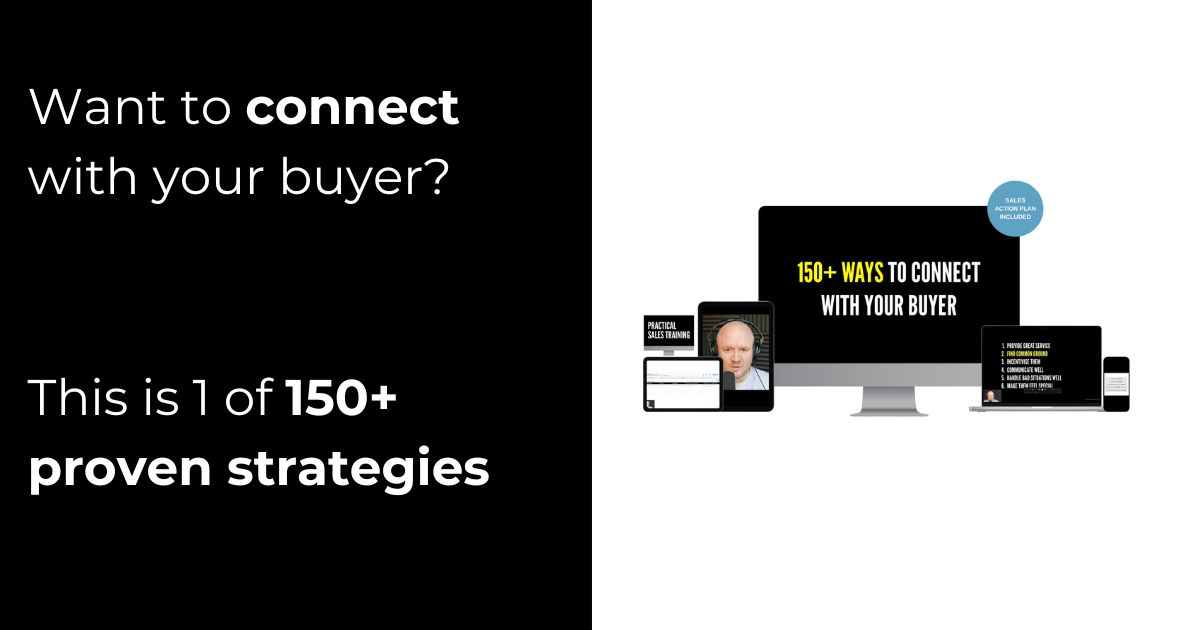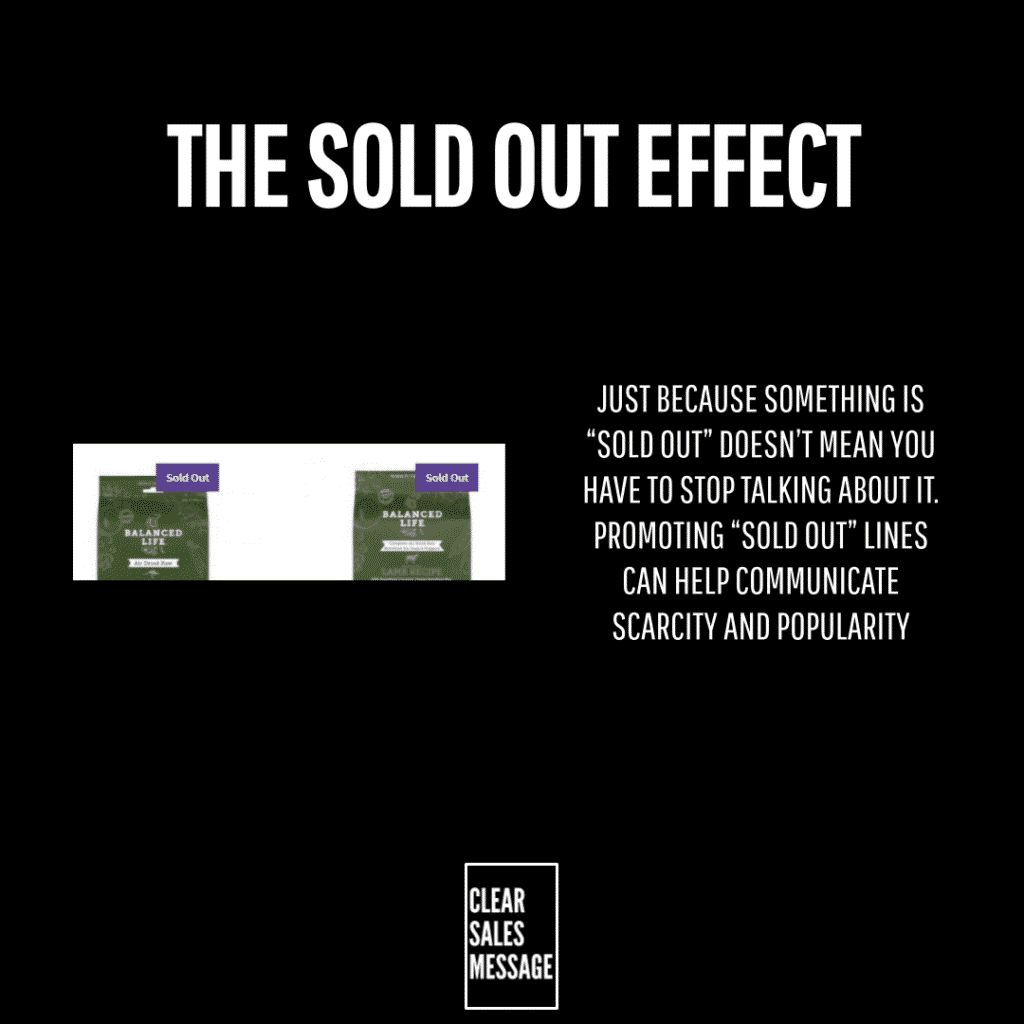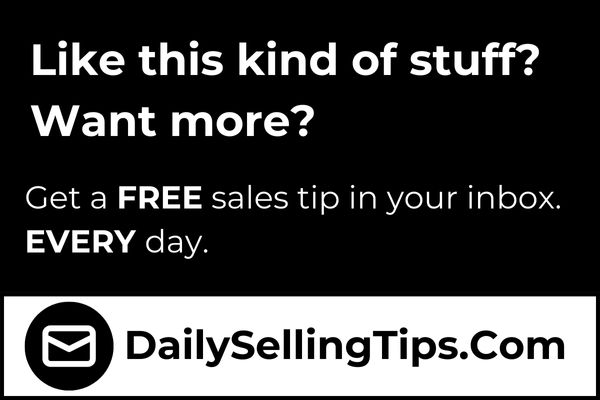Practical Sales Training™ > How to connect with your buyer > The Sold out Effect
What is it?
Just because something is no longer available for sale, doesn’t mean that you can’t use it to sell what you have left..
Why does it work?
It works because when something is sold out, it communicates scarcity, implies there is a demand and leads to FOMO. Your buyers may be disappointed that the thing they want isn’t available to buy right now, but it can encourage them to buy something else from you or even join your waiting list.
The fact is, many businesses don’t talk about their sold out offerings as they feel it’s not important. After all, if it’s sold out then why promote it?
But having sold out lines communicates so many positives about your business that it’s well worth doing.
How can you use it?
This works for physical products that can actually sell out. Have graphics or images made to highlight the lines which are currently not in stock in the same way you would highlight something new or on special offer. The main thing to understand is that just because something isn’t available, doesn’t mean it’s not worth talking about.
Example: The Sold Out Effect
Business Type: Artisan candle brand
Product: Limited-edition “Winter Spice” candle
How they use it:
-
On their homepage:
❌ Winter Spice – Sold Out (join the waitlist for next year)
-
On Instagram:
“You sold us out! 🕯 Winter Spice flew off the shelves. Missed it? Join the waitlist and be first in line next season.”
-
In their email footer:
“Last year’s top 3 scents – 2 sold out in under a week.”
Why it works:
-
Highlights popularity and builds trust (“others loved it”)
-
Drives urgency for other in-stock items (“before they’re gone too”)
-
Collects leads via waitlists for future launches
-
Reinforces the brand as desirable and in demand
See also



